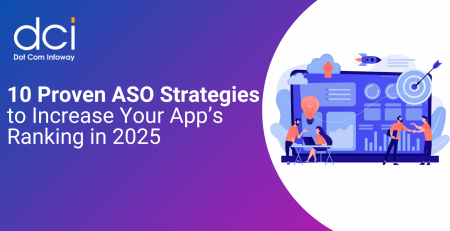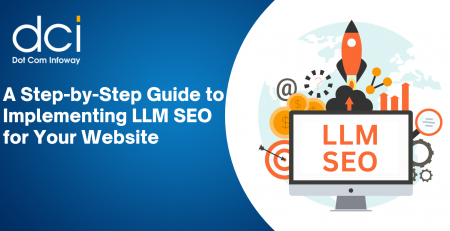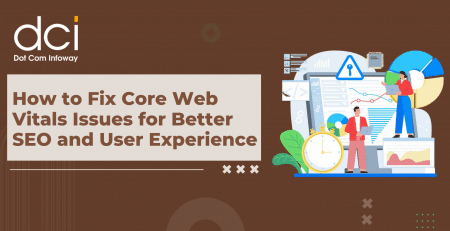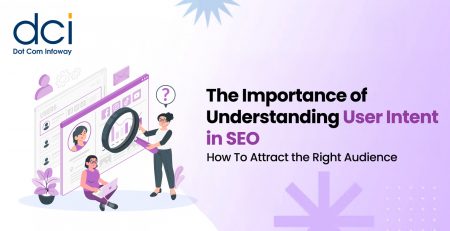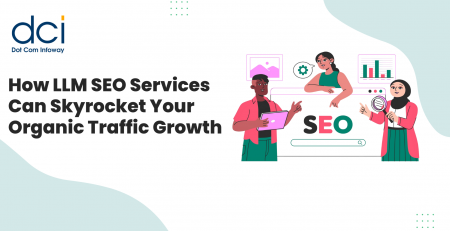Top UX Design Trends That You Need to Know
In 2016, many companies have realized the importance of the User Experience, so it comes as no surprise that in 2017, the UX will receive the same, if not more, attention. To add to the excitement, many new technologies and methodologies have surfaced which naturally incentivize, and even force, new UX innovations. In this article we’re going to take a look at the top UX design trends.
1. UX Will Leave the Touchscreen
With IoT and virtual reality headsets being available for public use, we can expect to see new ways of interaction between users and their devices. We’ve already seen IoT being used to greatly enhance a user’s experience in a store or a hotel. But this trend does is not reserved to a couple of new devices. Designers will have to think of the entire user journey, from signing up on a landing page to downloading an app for their smartwatch.
2. Anticipatory Design
By understanding the user and their interaction with an app or product, designers can tailor experiences that encourage long term user engagement and conversion by preemptively delivering what the user wants and needs. This type of design is made possible thanks to powerful analytics tools and new AI techonology that learns from users as they interact with an app and then tailors the experience on the fly.
3. Voice Recognition and the Diversification of Gesture-Based Design
In the past few years, we’ve seen voice recognition technology become accurate and widely available through Siri, Cortana and Google Now. This means that voice will become a much more important staple of UX design going forward, especially when it comes to replacing gesture as the main method for inputting text. However, gesture is here to stay, especially with the new depth and layer features that are now coming to the forefront.
4. Single-purpose Apps Will See a Rise in Popularity
Single-purpose apps have already started making waves, and now they are expected to rise in popularity in future. These stripped down, light on features, apps are a great way for developers to laser focus on core functionality and improve the user experience of much bigger apps. For example, Facebook did this through its messenger app. This modular approach paradoxically frees up developers to add more to individual components, rather than trying to squeeze many divergent functionalities into a single app.
5. Mobile Devices as Experience Hubs
As the mobile/smart environment becomes ever more prevalent, we will see mobile devices become central to many functions. We’re already seeing this with Apple Pay and other virtual wallets, where a mobile device takes the place of a credit card. Furthermore, as IoT becomes much more prevalent in household appliances, mobile device functionality will extend to ordering milk after the fridge sends out a notification, controlling heating systems and turning off the lights.
6. Infinite-Scrolling Will Become a Staple of Content-Focused Websites
There is currently a slight struggle between no-scroll, or minimal-scrolling and long-scrolling websites. Some designers swear by the first option, while the majority has seen the benefits of the long-scroll, especially when it comes to content rich websites. Time will tell whether the internet is big enough for both techniques, but one thing is certain, infinite-scrolling websites are here to stay and they are very likely to become much more prevalent in future.
Conclusion
Beyond the nuts and bolts, there is an overarching trend for UX design in 2016, and that involves UX design taking on a much more central role within an organization. Companies are starting to realize the impact that UX can have on the final quality of a product, and what that impact entails for their bottom line. It’s safe to say that UX will not stay on the front-end in the hands of the designers, but will instead encompass a wider range of developmental activities.


